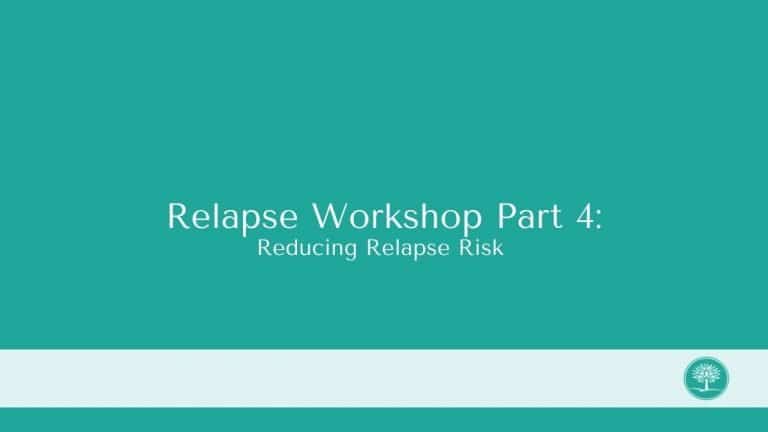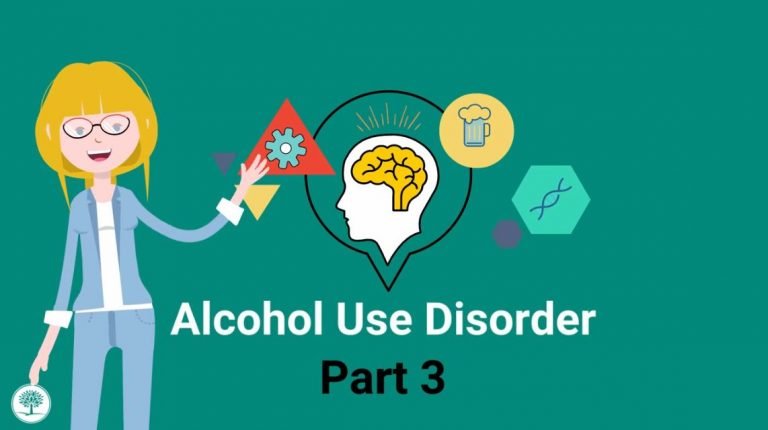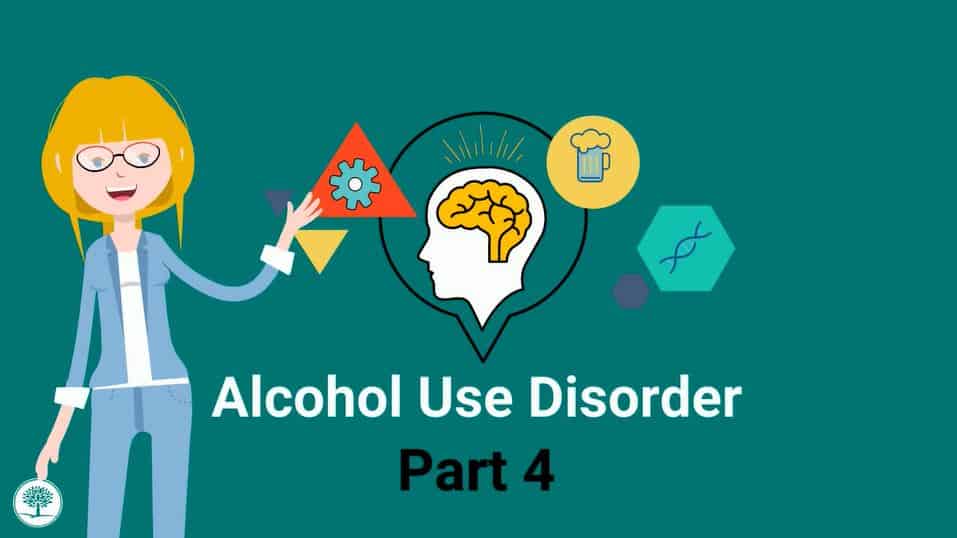For many people with anxiety, their triggers are hidden and must be discovered. A journal can help you look at different situations and how they make you feel.
Anxiety Part 4: What Triggers Your Anxiety?
Estimated watch time: 4 mins
Summary:
This video guide provides you with questions to ask yourself as you begin your journey to uncover your anxiety triggers. A journal can help you record everything that’s happening internally and externally at a time when you feel anxious. Identifying triggers can be troubling, as you may feel or experience things you don’t like or that you find unpleasant. Learning more about your triggers can help you become more mindful and rooted in the present.




